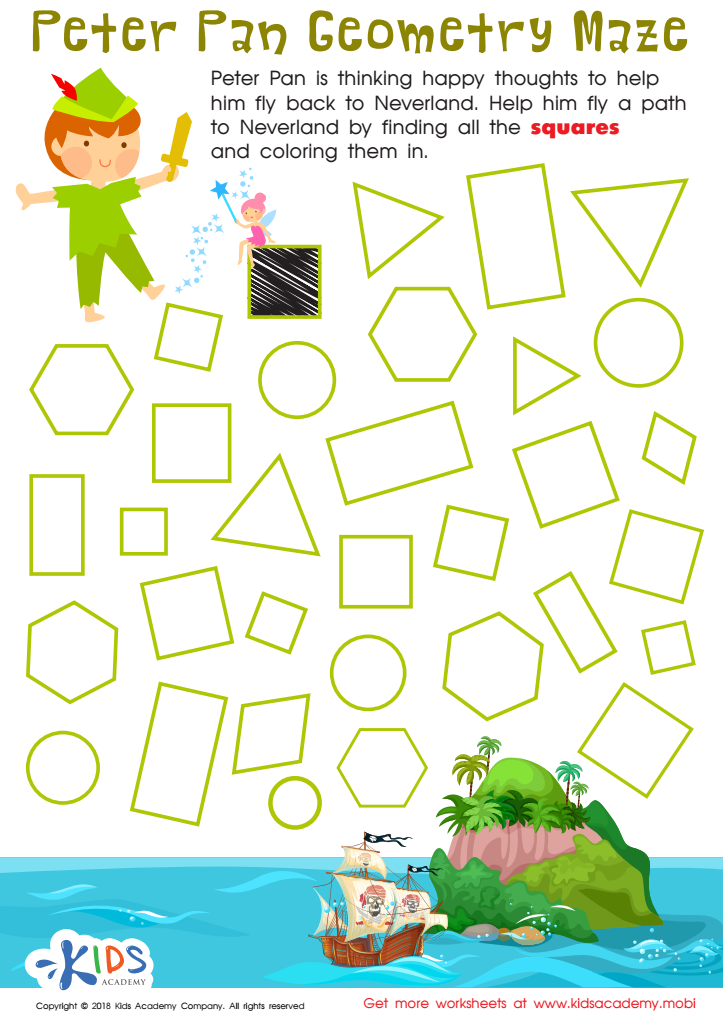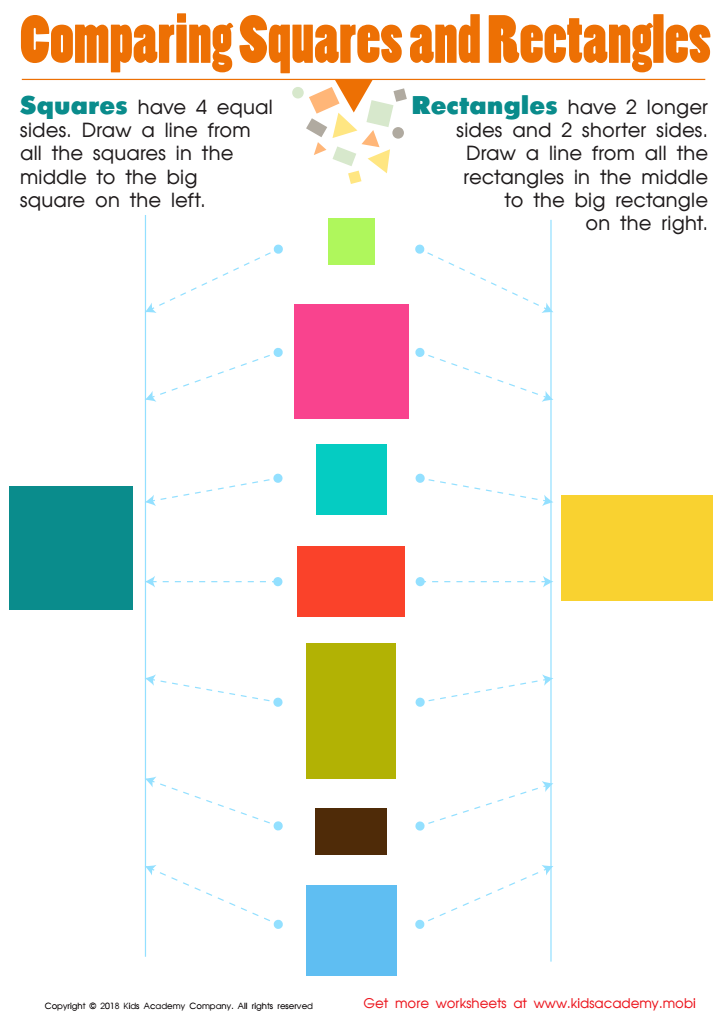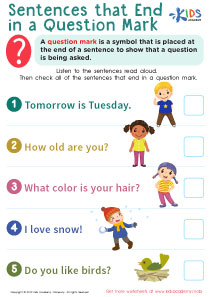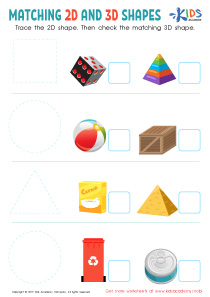Critical Thinking Kindergarten 2D Shapes Worksheets
3 filtered results
-
From - To
Explore our engaging Critical Thinking Kindergarten 2D Shapes Worksheets, designed to enhance young learners' understanding of basic shapes while fostering essential critical thinking skills. These worksheets offer a fun way for children to identify, compare, and categorically sort 2D shapes through interactive activities. By promoting observational skills and encouraging thoughtful analysis, our resources help students develop confidence in their mathematical abilities. Ideal for both classroom and home use, these worksheets encourage independent learning and creativity, making shape recognition an enjoyable experience. Download now to give your child a delightful pathway to mastering 2D shapes while sharpening their analytical thinking!


Peter Pan Worksheet


Comparing Squares Rectangles Worksheet


Using Squares to Make Rectangles Worksheet
Parents and teachers should care about critical thinking in relation to kindergarten 2D shapes for several important reasons. First, developing critical thinking skills at an early age lays a strong foundation for future learning. Engaging young learners with shapes not only introduces them to vital mathematical concepts but also encourages them to observe, analyze, and make connections.
Understanding 2D shapes enhances cognitive abilities and spatial reasoning skills, which are essential for math, science, and technology. When children classify, compare, and contrast different shapes, they practice reasoning and problem-solving techniques vital across academic disciplines.
Moreover, discussions around 2D shapes can stimulate creativity and self-expression through art and play, thereby fostering a well-rounded development. Encouraging children to ask questions about shapes and think critically can also enhance their communication skills.
Additionally, critical thinking about shapes integrates real-world applications, allowing children to recognize patterns and relationships in their environment. It nurtures curiosity and enhances their ability to make informed decisions. Attention to critical thinking in early education not only enriches individual learning experiences but also promotes a deeper, more comprehensive understanding of mathematical concepts, preparing children for their future educational journeys.

 Assign to My Students
Assign to My Students


















